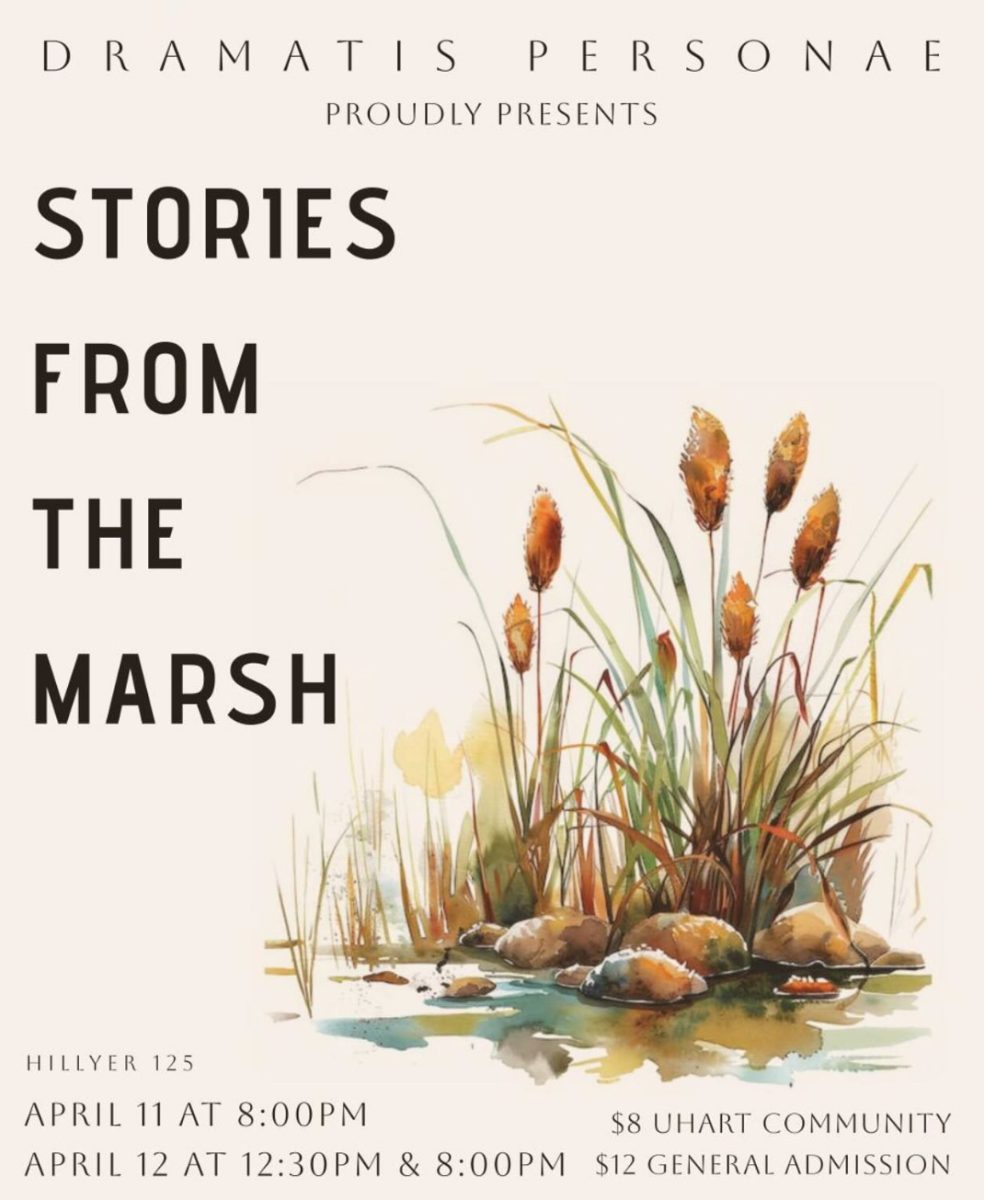Are Cinematic Films Getting More Diverse?
April 10, 2019
“‘Damn right Hollywood is racist”’ (Satchel 1). This statement, made by Chris Rock at the Academy Awards, perfectly summarizes the many debates surrounding cinematic films and it’s lack of diversity. Many films are often criticized, especially those that are Oscar contenders, for not casting actors and actresses who are minorities. It is here that one may wonder, to what extent are cinematic films diverse? Cinematic films are only diverse, to a small degree, as not every representation of a person can be found on the big screen.
In first understanding why films are only to a small degree diverse, one first needs to understand why certain people are casted in movies. To movie studios, it makes much more sense to cast white actors in the leading roles as it would be easier to sell to the public, rather than casting a woman, or someone who is not white. In fact, if movie studios wanted to cast a minority in the leading role, they would also have to cast someone who was a white male: “. . . buttressed with a high number of supporting White characters to help ‘broaden’ the movie’s general appeal” (Gooding, Jr & Patterson 229). A lot of extra work would have to be put into actually convincing people to see the movie. Movie studios do not want to make a film that only appeals to a certain group of people, mainly because their only goal is to make money.
An example of a White actor needing to be included in a film can be seen with Will Smith and Tommy Lee Jones’ film together. Men in Black stars Will Smith, an African American, and Tommy Lee Jones, who is White. In order to have Will Smith star in the movie, the studios knew that they needed to add a highly known White actor. Without Tommy Lee Jones starring opposite of Will Smith, this movie would have not been that big of a hit as it would not have appealed to a lot of people. Movie studios believe that people are not going to relate to characters that are minorities. However, studies that focus on who watches movies says differently: “Even though nearly half (46 percent) of the $1.2 billion in movie sales came from people of African, Asia, Latino/Hispanic descent” (Satchel 13). Almost half of the population who actually pay to watch movies are minorities, however, actors that look like them are truly never represented on the screen. The only time actors, who are minorities, get represented on the screen, is if they play into stereotypes about them. It is usually these movies that also get a lot of attention during award season.
In first understanding why films are only to a small degree diverse, one first needs to understand why certain people are casted in movies. To movie studios, it makes much more sense to cast white actors in the leading roles as it would be easier to sell to the public, rather than casting a woman, or someone who is not white. In fact, if movie studios wanted to cast a minority in the leading role, they would also have to cast someone who was a white male.
When considering movies that do well in award season, with a cast primarily made up of minorities, there are only a handful. For example, people tend to point out the same films: 12 Years a Slave, Django Unchained, Moonlight. These are some of the movies that they use in order to argue that films are diverse, as they showcase actors that are not white. However, when taking a closer examination into these films, one can see a common theme throughout all of them. For 12 Years a Slave, Django Unchained, and Moonlight, the casts of these films are almost entirely black. However, for two of these movies, 12 Years a Slave and Django Unchained, the common theme is slavery. In What Movies Teach about Race, the author Satchel hits upon stereotypes: “. . . the Hollywood movie industry is replete with examples of the roles available to African American actors being limited to a few caricatures . . . such as the slave-figure” (7-8). African Americans being treated as slaves and servants throughout movies is a repetitive trend in this industry. One can argue that the reason for such a repetitive story is because movie studios know that they will sell and definitely get the attention of many different award committees.
Another example of a stereotype that is represented in one of these movies, Moonlight, is the concept that an African American person must live in the ghetto, or poverty, and either sells drugs, or are around people that do. While this movie also deals with other topics of diversity, such as one’s sexuality, race is at the very center of it all. It is not hard to look at a movie that the general public deems to be “diverse” and not see the characters struggling to deal with their race throughout the entirety of the movie. Although these films showcase actors who happen to be black, this does not mean that cinematic films are completely diverse. If it were not for the actual storylines of these films needing the characters to be African American, it is plausible to say that these actors would not have gotten their jobs.
Movies are not getting more diverse, but rather, for a lack of better words, they are simply getting “Blacker”. More movies are being made in which the majority of the cast is Black, which is some form of progress as that would not have happened 70 years ago. However, there are other groups that are not getting represented on the big screen. Groups such as women, the LGBTQ community, Asians, Latinos, and Native Americans. Anytime any of these groups are portrayed on the big screen and gets recognition for it, which is rare, the characters are usually playing off of some kind of stereotype.










